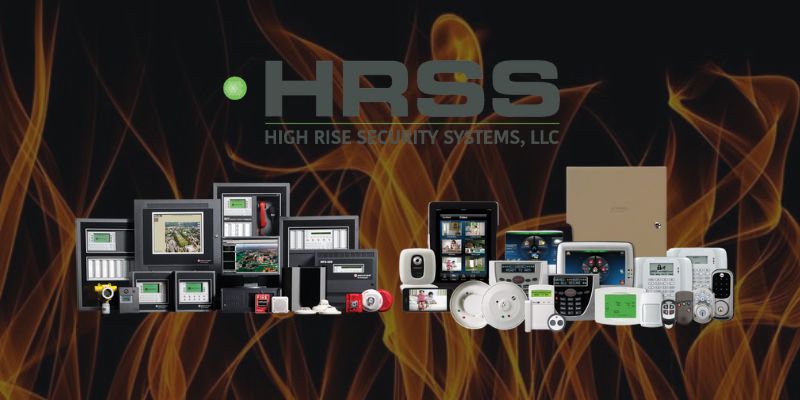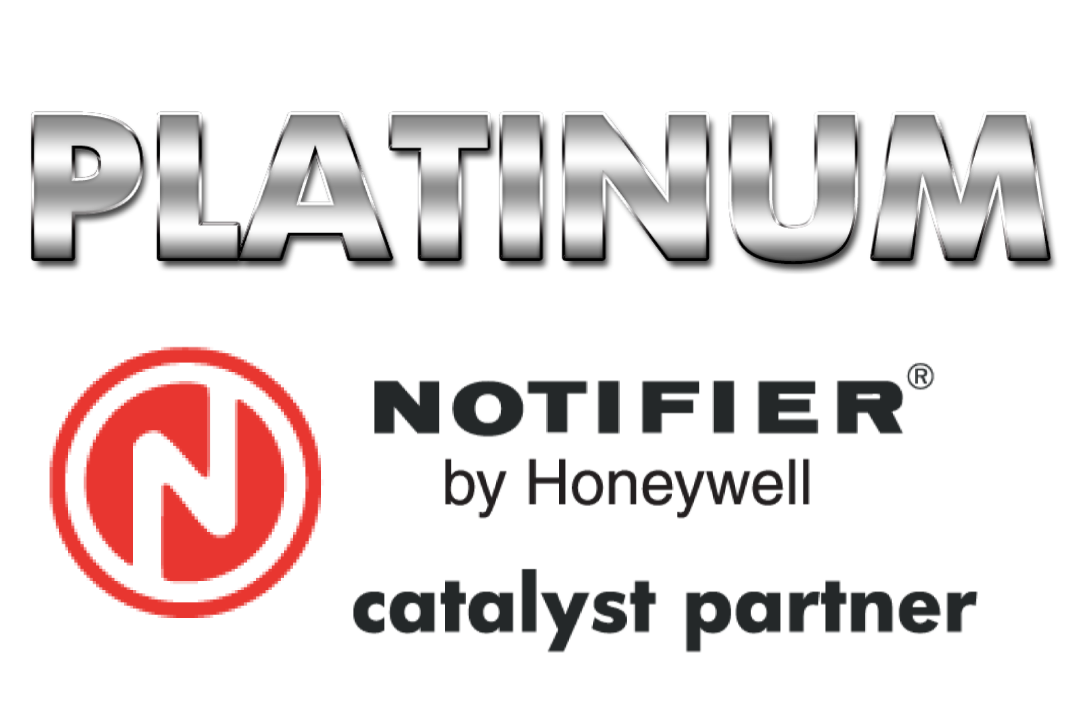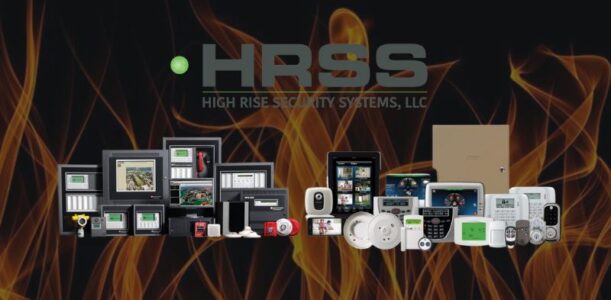Get A Quote

The Key Components of an Electrical Safety Program
While this is not an exhaustive list of components that may be required in your ESP, some key components that should be included are:
- Principles
- Safety planning and awareness
- Procedures
- Lockout/Tagout
- ESP evaluations
- Condition of equipment and inspections
Principles
It is important to establish the principles of an Electrical Safety Program (ESP). The principles serve as primary, fundamental, or general laws that set the foundation from where others will originate. ESP principles state and govern how a facility will handle electrical safety. Some common principles include how to plan for each job, ensuring the appropriate tools are used for the job, and having electrical equipment properly evaluated and inspected.
The Informative Annex E of NFPA 70E will provide a more comprehensive list of common ESP principles.
Safety Planning and Awareness
The purpose of an ESP’s safety planning and awareness is to introduce self-discipline and safety awareness in employees. Employees must be trained properly to recognize potential safety hazards like damaged cords. Before work can begin on a job involving energized electrical equipment, a job safety plan, and job briefing must be conducted.
Procedures
Procedures play a vital role in the overall scope of a job plan by ensuring employees know the steps to take that involve electrical equipment. It is important to note that procedures must also be in place before a task is performed. It is advantageous to look for any shortcomings or issues with the procedures or tools that may be used for the task through careful examination.
All employees must be fully trained in the finalized procedures before work can begin.
Lockout/Tagout
Every ESP must include lockout and tagout (LOTO) procedures. This is a key component of ensuring a safe work environment when working with electrical equipment. A LOTO procedure is designed to safeguard that electrical equipment is turned off and cannot be turned on unless repairs or maintenance have been completed on the equipment. Complete LOTO procedures will identify energy sources and isolate them so they are made inoperable until the equipment can be worked on.
ESP Evaluation
ESPs should be evaluated and then modified over time based on the conclusion of the evaluations. Investigating incidents and control are a great way to help with the process of evaluations. ESP efficiency and effectiveness are measured using the metric of controls. Included metrics can include the number of training hours the employee has completed or reducing how many energized work permits are used.
An ESP should also include stipulations on how incidents are investigated and reported. All injuries or potentially dangerous situations should be reported by employees, no matter how minor. This allows the ESP evaluation to be monitored for any changes that need to take place to prevent future injuries or hazards.
Inspections and Equipment Condition
An ESP must also focus on the inspection of any modified or newly installed electrical equipment. It should be noted that typically employers are responsible for the inspection of electrical equipment that has been repaired or replaced after a building has been constructed and permitted.
Commercial business owners should not try to cut corners to save money on prevention and safety measures because it can cause vulnerabilities, and potential long-term risks, and can hurt your business’s bottom line.
High Rise Security Systems (HRSS) is an industry leader in commercial fire and life safety and security systems. We have been proudly serving the Chicagoland area for over 30 years. Our team of knowledgeable and highly skilled technicians can assist you with ensuring your commercial property has an effective ESP in place and can guide you with enhancing the security of your property with an integrated fire and life safety system.
High Rise Security Systems brings over 30 years of experience in the fire and life safety industry and is globally recognized as an industry leader. Let us assist you in designing a comprehensive commercial security and fire and life safety system that integrates an effective electrical safety program. Contact us to learn more about our integrated fire safety solutions for your commercial business needs.



